Idrw Team
SOURCE: IDRW.ORG TEAM

India’s pursuit of self-reliance in defense manufacturing has taken a significant leap forward with the Indian Air Force (IAF) considering the procurement of an additional 100 Tejas Mk1A fighter jets, supplementing the existing order of 83 aircraft. This decision not only bolsters the nation’s defense capabilities but also paves the way for a substantial increase in the indigenous content of these advanced aircraft.
Hindustan Aeronautics Limited (HAL), the state-owned aerospace and defense company, is set to play a pivotal role in boosting the indigenous content of the Tejas Mk1A fighter jets. Presently, the indigenous content stands at an impressive 65 percent. However, with the heightened emphasis on indigenous manufacturing, HAL is poised to elevate this percentage to well over 75 percent in the forthcoming years.
Continue readingSOURCE: IDRW.ORG TEAM

In a significant step toward enhancing maritime cooperation, Javier Paulinich, the Ambassador of Peru, paid a visit to the Indian state-owned shipyard, Mazagon Dock Shipbuilders Limited (MDL). The visit aimed to explore potential collaborations and leverage MDL’s export capabilities to bolster Peru’s naval ambitions.
During the visit, a comprehensive presentation highlighting MDL’s prowess in shipbuilding and export capabilities was showcased to Ambassador Paulinich. The presentation provided insights into MDL’s expertise in ship design, construction, and state-of-the-art facilities. This was followed by a productive discussion between the ambassador and MDL’s management team, where avenues for collaboration and partnership were explored.
Continue readingSOURCE: IDRW.ORG TEAM

Defense Research and Development Organization (DRDO) is poised to conduct crucial tests of the Astra MkII, the country’s second beyond visual range air-to-air missile. As the missile successfully completes carriage and release trials, its imminent full configuration test marks a significant milestone in India’s journey toward advanced air defense capabilities.
The Astra MkII project represents the DRDO’s relentless pursuit of cutting-edge technology to bolster the nation’s air defense systems. One of the key achievements in this project is the successful testing of the Dual-Pulse Rocket motor, a propulsion technology derived from the Indo-Israeli MR-SAM Air Defense program. This advancement equips the Astra MkII with enhanced speed, agility, and effectiveness.
Continue readingSOURCE: IDRW.ORG TEAM
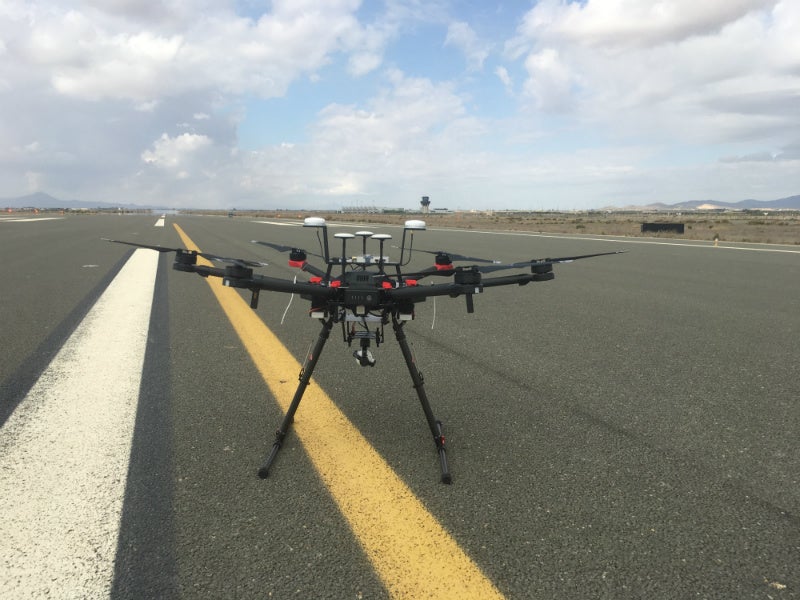
The Indian Air Force (IAF) is poised to embrace cutting-edge technology to enhance runway safety and operational efficiency. With a focus on mitigating the risks posed by Foreign Object Debris (FOD) on runways, the IAF is actively exploring the development and procurement of AI-powered drones that can not only scan runways for FODs but also safely remove them. This innovative approach aims to streamline runway inspection processes, reduce downtime, and safeguard aircraft during take-offs and landings.
FODs, which encompass foreign objects or debris that may be accidentally left on runways or taxiways, pose a significant hazard to aircraft. These objects, ranging from small metal fragments to larger items, can potentially cause serious damage to aircraft engines or other critical components during take-off or landing. Manual inspection and removal of FODs are time-consuming tasks that can disrupt operational schedules and compromise safety. In response, the IAF is exploring AI-driven solutions to revolutionize runway management.
Continue readingSOURCE: IDRW.ORG TEAM
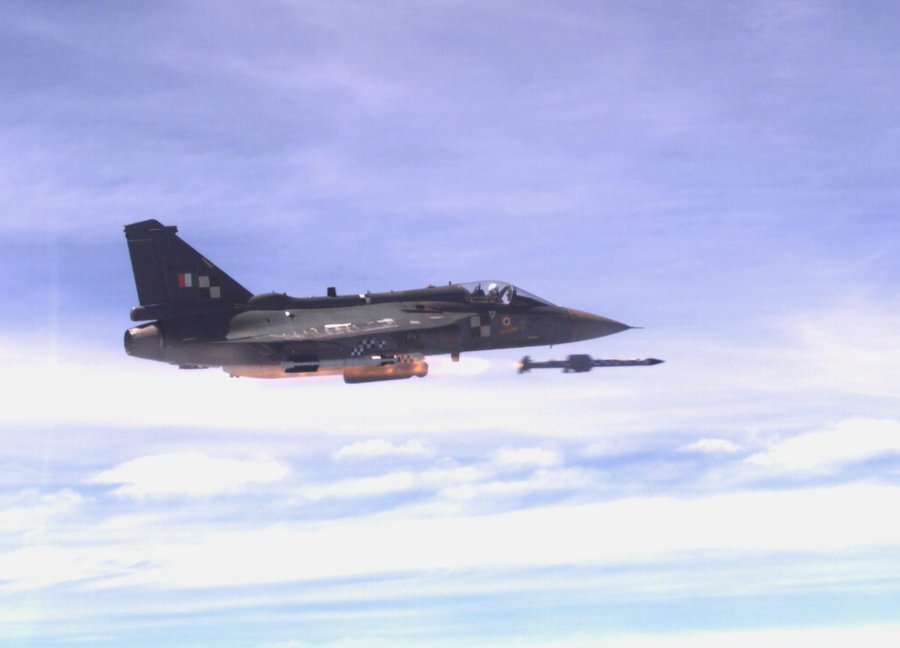
In a significant achievement for the Indian Air Force (IAF) and the country’s defence research capabilities, the first test firing of the indigenously developed Astra Mk1 Beyond Visual Range (BVR) air-to-air missile was successfully conducted from LCA-Tejas fighter jet. The test firing took place off the coast of Goa and marked a crucial step in enhancing the operational capabilities of Indian fighter jets.
The test firing was conducted in collaboration with Hindustan Aeronautics Limited (HAL), utilizing Tejas LCA LSP-7 as a flying testbed for the missile. This collaboration underscores the country’s commitment to self-reliance in defence technology and its dedication to enhancing the firepower and capabilities of its indigenous fighter jets.
Continue readingSOURCE: IDRW.ORG TEAM

In a significant stride towards bolstering its indigenous defense capabilities, India is set to introduce a unique Special Purpose Vehicle (SPV) model that involves private players in the development of two cutting-edge fighter jet programs. The Advanced Medium Combat Aircraft (AMCA), a fifth-generation fighter jet program, and the Twin Engine Deck-Based Fighter (TEDBF), a 4.5th generation fighter program for the Indian Navy, will see private players take the lead under this innovative approach.
The SPV model, specifically designed to enhance collaboration between the government and private sector, aims to leverage the strengths of both parties while streamlining the procurement process. Unlike conventional routes where government entities lead the projects, this approach envisions private players taking a majority stake in the SPV. This not only fosters greater ownership and accountability among private players but also expedites decision-making and reduces procedural delays.
Continue readingSOURCE: IDRW.ORG TEAM
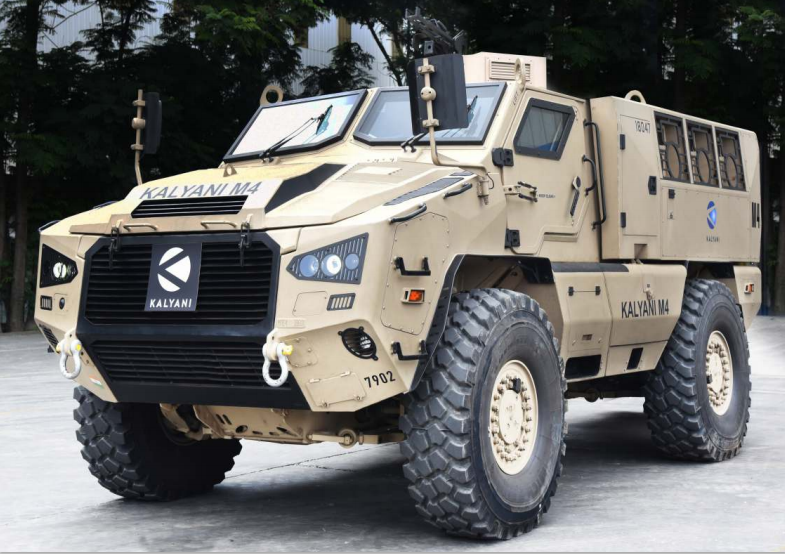
In a significant development for India’s defense industry, Kalyani Strategic Systems Limited (KSSL), a subsidiary of Bharat Forge, has secured two lucrative export orders amounting to €93.87 million (~?850 crores) from friendly countries. The orders encompass the supply of essential components and armoured vehicle chassis, highlighting India’s prowess in the defense manufacturing sector.
KSSL, established as a dedicated entity under Bharat Forge Limited to spearhead defense-related initiatives, has gained recognition for its advanced capabilities and cutting-edge technologies. The two export orders come as a testament to KSSL’s growing prominence in the international defense market.
Continue readingSOURCE: IDRW.ORG TEAM

Brazilian aircraft manufacturer Embraer is gearing up for a potential collaboration with India’s state-owned Hindustan Aeronautics Limited (HAL) to co-develop the C-390 Millennium, a cutting-edge medium-size, twin-engine, jet-powered military transport aircraft. This move comes in response to India’s recent tender for 60-80 Medium Transport Aircraft (MTA), creating an avenue for potential collaboration in defense technology.
Officials from Embraer are scheduled to visit HAL facilities later this month, marking a significant step towards exploring the possibilities of this joint venture. The C-390 Millennium aircraft holds immense promise due to its modern military tactical transport capabilities, and it is designed to offer a versatile and cost-effective solution for a range of mission profiles.
Continue readingSOURCE: IDRW.ORG TEAM
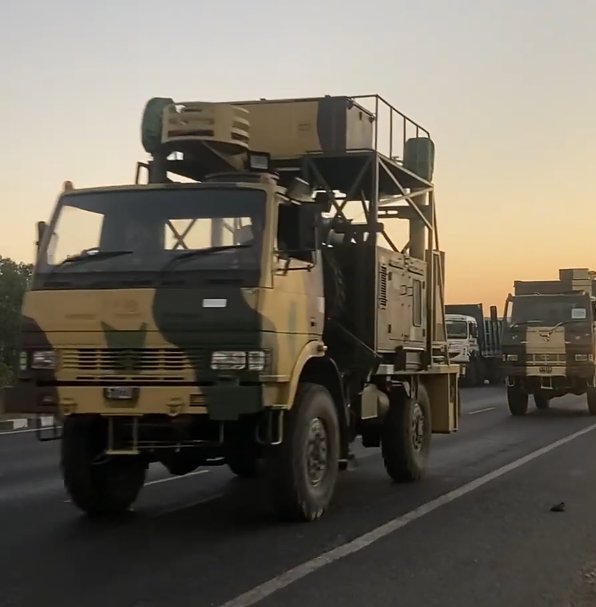
In a significant development that underscores the Indian Army’s commitment to modernizing its defense capabilities, a recent video circulating on various platforms showcases what appears to be the induction of a truck-mounted Counter-Unmanned Aircraft System (C-UAS). This new addition is poised to enhance India’s defense against unmanned aerial threats and signals a step forward in its efforts to ensure national security.
The configuration of the C-UAS system consists of several specialized vehicles, each with distinct functionalities that collectively form a robust defense mechanism against unmanned aerial vehicles (UAVs) and drones:
Continue readingSOURCE: IDRW.ORG TEAM

A recent image making rounds on social media platform X (formerly known as Twitter) has generated significant attention in defense circles, providing an alleged glimpse of the Indian Air Force’s (IAF) S-400 air defense system. This rare snapshot, possibly taken from an undisclosed location, offers a unique cameo of the S-400 system and a glimpse into its potential deployment site.
In the circulated image, the S-400 system is seen equipped with a distinct 4-tube canister system, a hallmark of the 51P6A Transporter Erector Launcher (TEL) – the latest TEL developed specifically for the S-400 system. This TEL is designed to carry the 400-kilometer range 40N6E missile, along with the 9M96E2 missiles with a range of 120 kilometers in quad packs.
Continue readingSOURCE: IDRW.ORG TEAM

A recent video circulating on social media platform X (formerly known as Twitter) has ignited a heated debate surrounding the alleged supply of Indian-made weapons systems to Armenia. The video purportedly shows several trucks transporting what appears to be Indian-manufactured Pinaka Rocket systems, claimed to be en route to Armenia. This development comes in the wake of Armenia’s procurement of these systems through a landmark weapons deal between the two nations last year.
The authenticity of the video, however, remains in question, as its origins and context have not been independently verified. The video showcases a convoy of trucks carrying the Pinaka Rocket systems, which were reportedly ordered by Armenia from India. The Pinaka system is known for its advanced artillery capabilities and has been a point of interest for various armed forces globally.
Continue readingSOURCE: IDRW.ORG TEAM
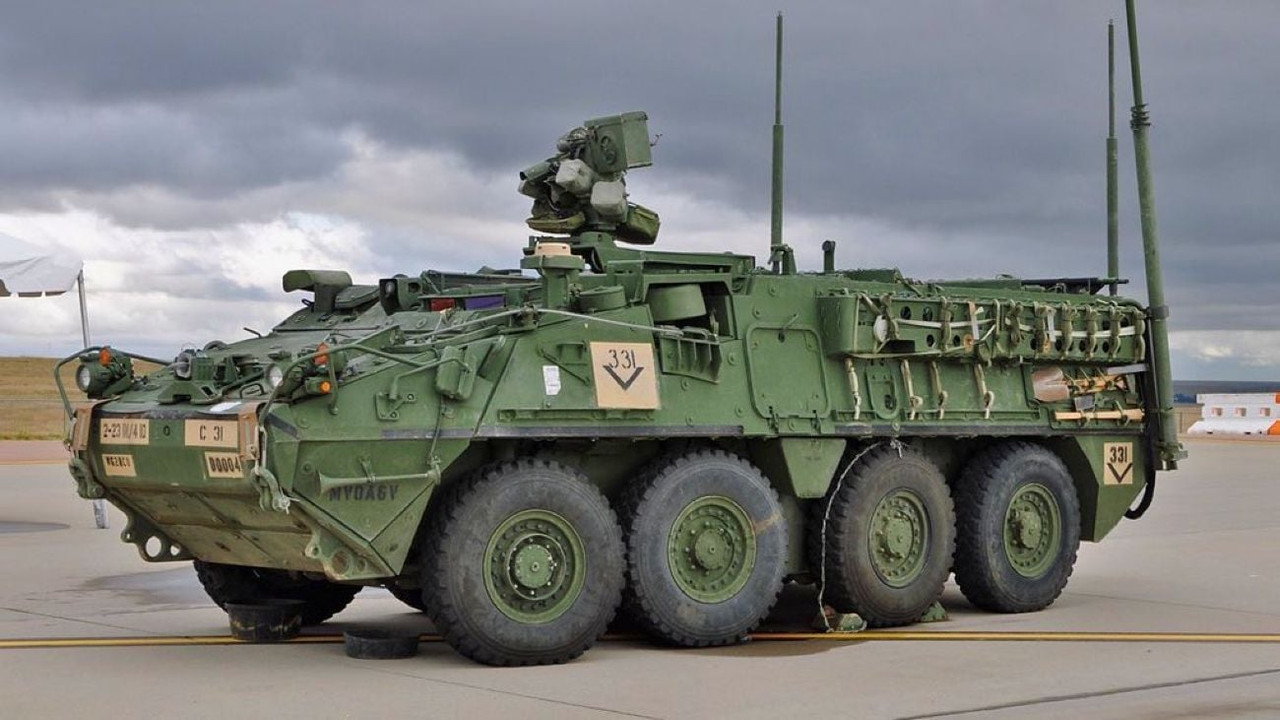
In a dynamic move aimed at fortifying defense capabilities, the United States has once again extended an offer of its advanced “Stryker” fighting vehicles to India. This proposal comes as India explores both international collaborations and local options to bolster its armored infantry vehicle fleet. The Stryker, a potent eight-wheel drive V-hull armored infantry vehicle, is designed to swiftly respond to combat situations, making it a valuable asset in insurgent or wartime scenarios.
Manufactured by General Dynamics Land Systems, the Stryker is a versatile infantry combat vehicle equipped with formidable features, including a 30 mm cannon and a 105 mm mobile gun. The vehicle’s capabilities make it well-suited for rapid combat reactions and providing a tactical edge to military operations.
Continue readingSOURCE: IDRW.ORG TEAM
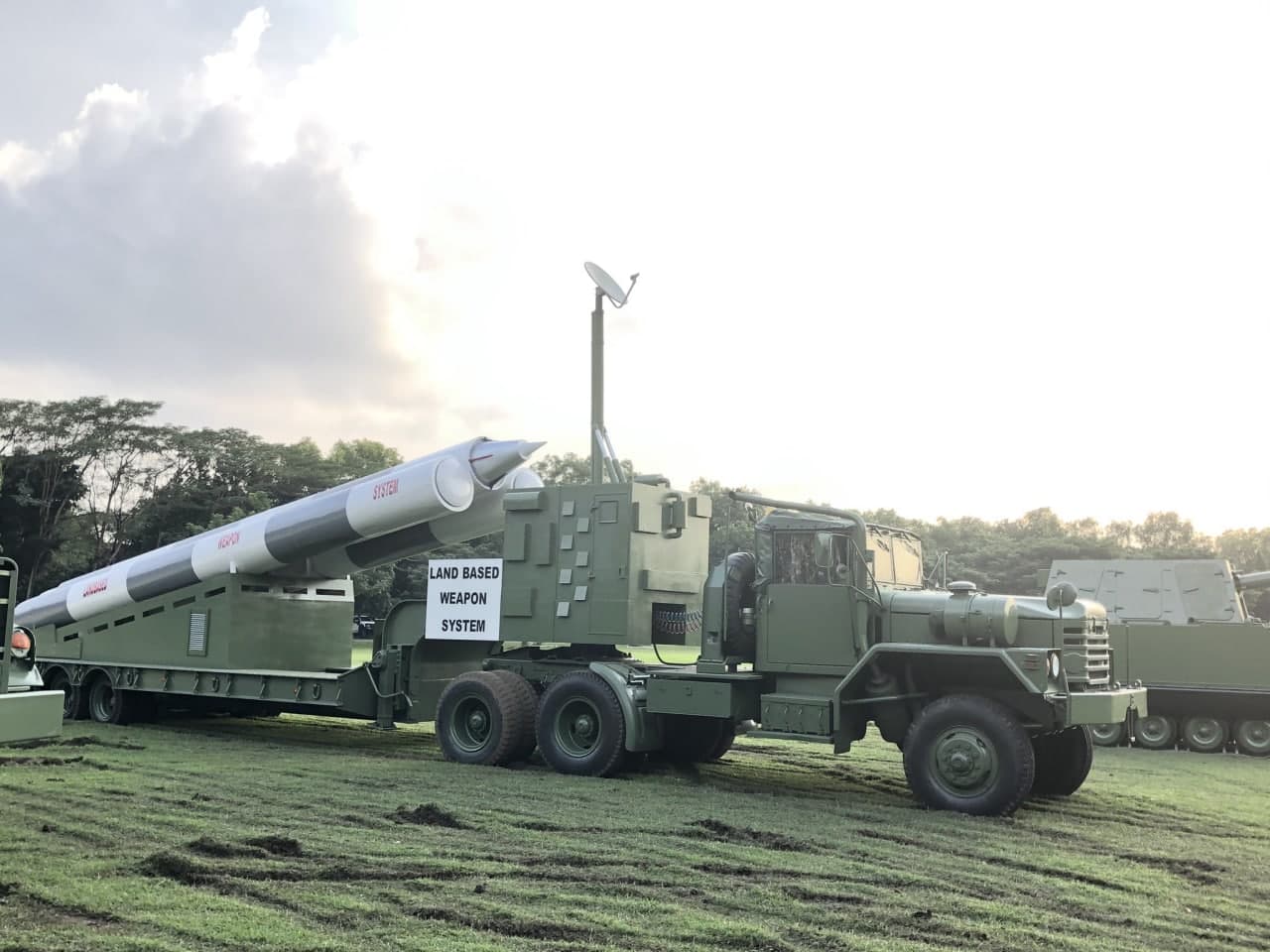
In a significant development bolstering defense capabilities, the Philippine Marine Corps is on track to receive the shore-based BrahMos supersonic cruise missile system later this year, according to confirmation from Shambhu Kumaran, the Indian Ambassador to the Philippines. This move underscores the strengthening partnership between the two countries in the realm of defense collaboration.
The logistics package for the Shore-Based Anti-Ship Missile System (SBASMS) has already been delivered to the Philippines, marking a crucial step in the implementation of this strategic initiative. The SBASMS will enable the Philippine Marine Corps to harness the power of the BrahMos supersonic cruise missile system, enhancing its naval capabilities and bolstering maritime security.
Continue readingSOURCE: IDRW.ORG TEAM

Aeronautical Development Agency (ADA) is making remarkable progress in the development of the Twin Engine Deck-Based Fighter (TEDBF) for the Indian Navy. However, the financial outlay for this ambitious endeavor is nearing what it would take to develop the country’s highly anticipated 5th generation Advanced Medium Combat Aircraft (AMCA).
The TEDBF program, aimed at creating a cutting-edge deck-based fighter jet to serve the Indian Navy, is gaining momentum with each passing phase. ADA, the pioneering agency behind India’s indigenous aircraft development, has been seeking an investment of approximately 14,000 crore rupees to bring the TEDBF to fruition.
Continue readingSOURCE: IDRW.ORG TEAM
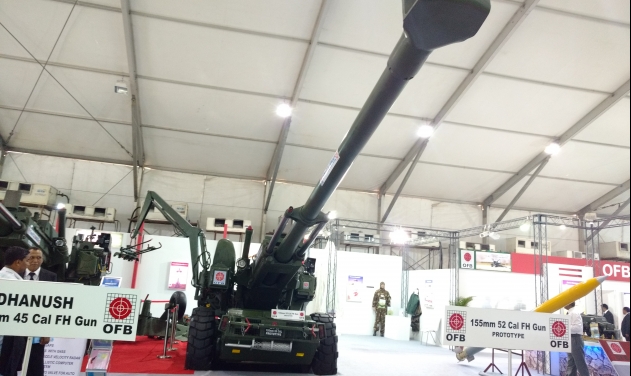
Advanced Weapons and Equipment India Limited (AWEIL), a state-owned company located in Kanpur’s Armapur, has successfully completed fresh internal trials of the upgraded Dhanush 155mm/52 calibre artillery gun. The achievement marks a notable milestone in the pursuit of indigenous defense manufacturing and reinforces India’s commitment to enhancing its military firepower.
The prototype of the upgraded artillery gun, developed by AWEIL, is now primed for rigorous Army user trials, marking the culmination of meticulous research, development, and testing efforts. This modernized iteration of the Dhanush artillery gun, often dubbed as the “Desi Bofors,” builds upon the success of the Dhanush 155mm/45 calibre artillery gun, while incorporating crucial enhancements that promise to elevate its performance and utility on the battlefield.
Continue reading